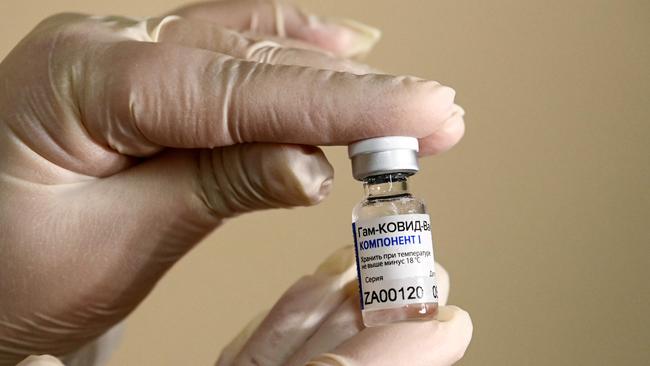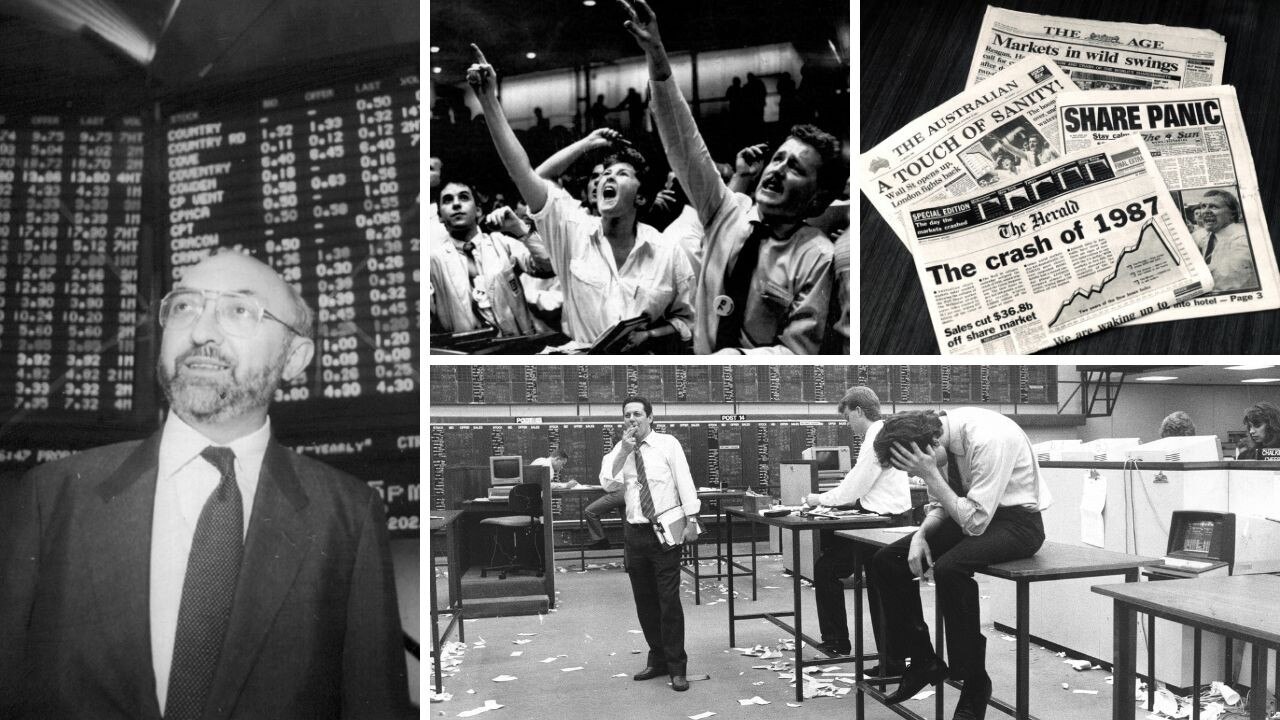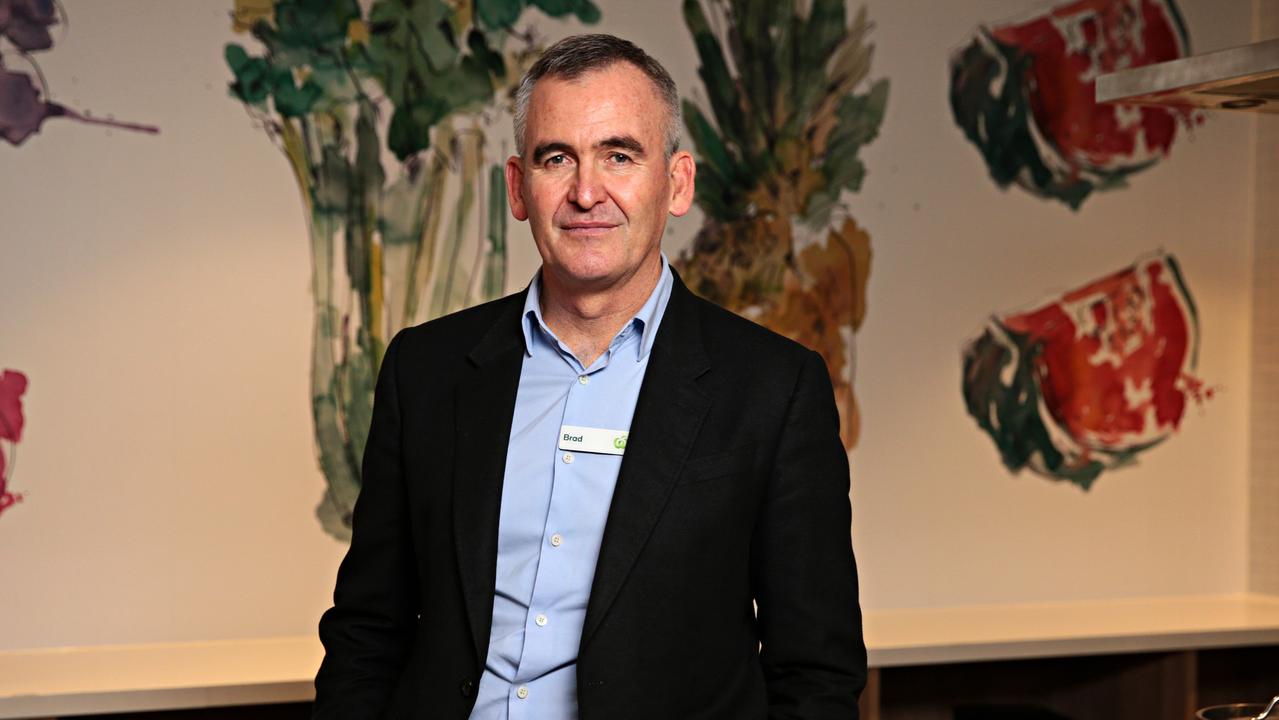Terry McCrann: The future of economy’s stimulus hangs on fate of vaccine
If a COVID vaccine does come quickly, pervasively and effectively, it will act like a massive multi-trillion dollar global stimulus to the world’s economy.
Terry McCrann
Don't miss out on the headlines from Terry McCrann. Followed categories will be added to My News.
In the June quarter the Australian economy shrank by a never-before-seen 7 per cent when we went into near-total national lockdown. We all felt or at least saw the pain in the jobless numbers.
Then in the September quarter growth sprang back by 3.3 per cent, as most of the country, except Victoria, came out of lockdown.
If Victoria — fully one-quarter of the national economy — had joined the party, the growth would have been more like 5-6 per cent, thereby making up most of the ground lost.
Now, while the 3.3 per cent wasn’t as unprecedented as the plunge had been, it was still the fastest quarterly growth we had recorded in nearly half-a century.
So how did we compare with the other major countries on that virus-lockdown rollercoaster; how are we travelling right now; and where are we headed into 2021?
Holding the lockdown plunge to ‘just’ 7 per cent was close to world best practice – thanks most of all to JobKeeper which put $35bn in the hands of consumers in the June quarter (and another $35bn in the September quarter).
With one big, and for us especially significant, exception, among major countries only two did better – South Korea and Russia, which both held their plunges to 3.2 per cent.
The two countries we most think about, the US plunged by 9 per cent and the UK by a numbing 20 per cent. The 27 countries of the European Union – no longer including the UK of course – plunged by 11.4 per cent.

That one big exception was China. After sending the virus into the world, but also aggressively attacking it first, China was actually opening up in the June quarter when everyone else was in lockdown.
China had its big plunge, 10 per cent, in the March quarter; it actually leapt by 11.7 per cent in the June quarter.
Now, as I’ve tried to tell you over the years, those China GDP figures are always dodgy-as. If China ‘wants’ 7 per cent growth, and not 6.9 per cent growth, it always ‘gets’ exactly 7 per cent out of its statistics bureau.
And ‘gets’ its data, incidentally, for every quarter almost two months before we do.
That said, the numbers did point to the broad direction China was taking – down first and back first.
And that helped us; they kept buying our exports — until they decided to play hardball with some, but not with iron ore, so crucial to keeping things ticking over.
The China numbers also pointed to a big truth that played out across the world – the harder you fall, the bigger the bounce.
We went down 7 per cent and came back 3.3 per cent – and it would have been 5-6 per cent but for Victoria.
The US went down 9 per cent and bounced 7.4 per cent; the UK down 20 per cent and back 15.5 per cent. The EU down 11.4 per cent and back 11.6 per cent.
Now, we are in the process of having a very good December quarter. That’s not going to be the case as many – most? all? – of those Northern Hemisphere countries have gone back into second virus waves, second lockdowns and an all-round long winter through the March quarter to come.
I estimate our growth this quarter will run close to 4 per cent — and the big reason is Victoria, now acting as a supercharger not as a deadweight.
When I suggested during the week this turned the Victorian premier from arch ‘villain’ to national ‘hero’, many readers, perhaps understandably, could not see the bulge in my cheek.
I was also simply stating what happens when you stop banging your forehead against a brick wall: the wonderful relief you feel does not render the banging a good idea in the first place.
It’s a simple matter of maths and economic reality. It means that we’ll get national output back broadly to where it was in the March quarter.
That does not, though, mean individuals will all be back to where they were. Many businesses have been destroyed or seriously damaged. The number of jobless — recorded or hidden or underemployed — will still be much higher than it was a year ago.
The other key point about Victoria is that it’s a ‘sugar shot’, adding to the normal surge in spending through November-December — and the opening up of state borders — but essentially only for this quarter.
The March quarter will be a new ball game, depending on all sorts of decisions that are made and just exactly what happens with the virus — here, as we open up to international arrivals; and also globally — and how governments then respond.
The big, big question is obviously the ‘Godot’ vaccine, the one everyone is waiting for. If it comes quickly, pervasively and effectively, it will act like a supercharger we could hardly imagine, as it sits on such massive multi-trillion dollar global stimulus.
Originally published as Terry McCrann: The future of economy’s stimulus hangs on fate of vaccine



